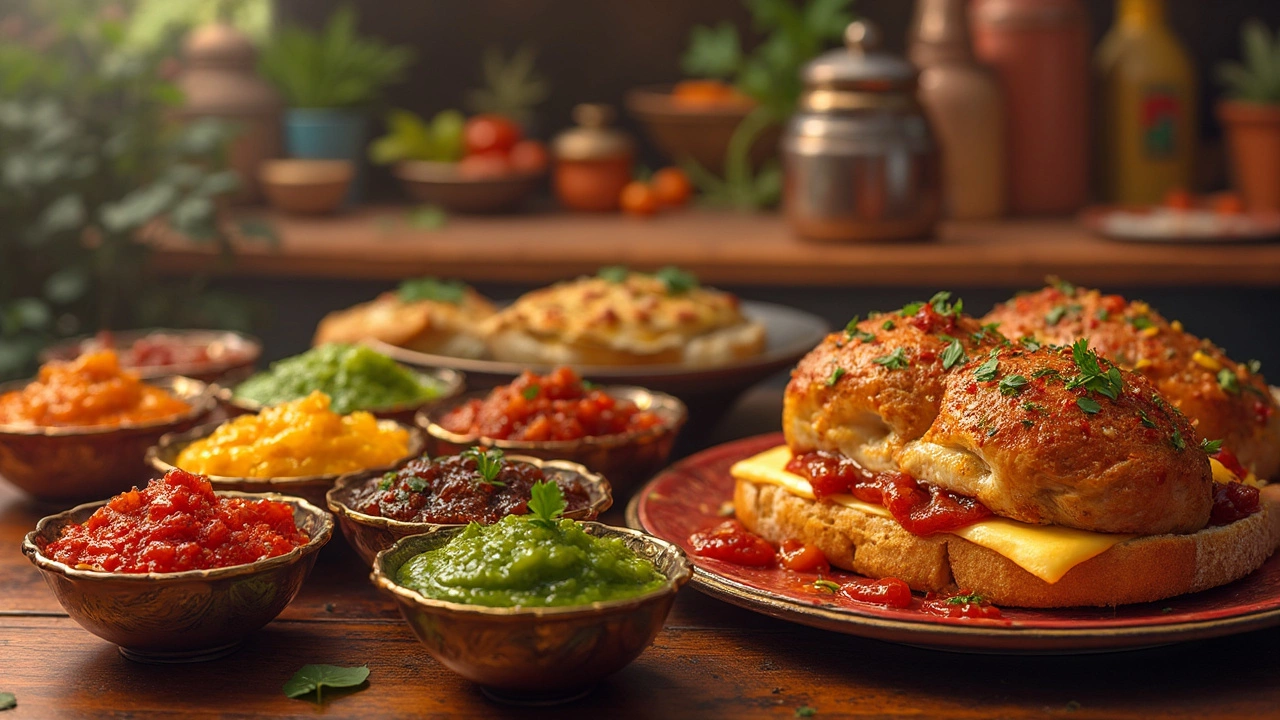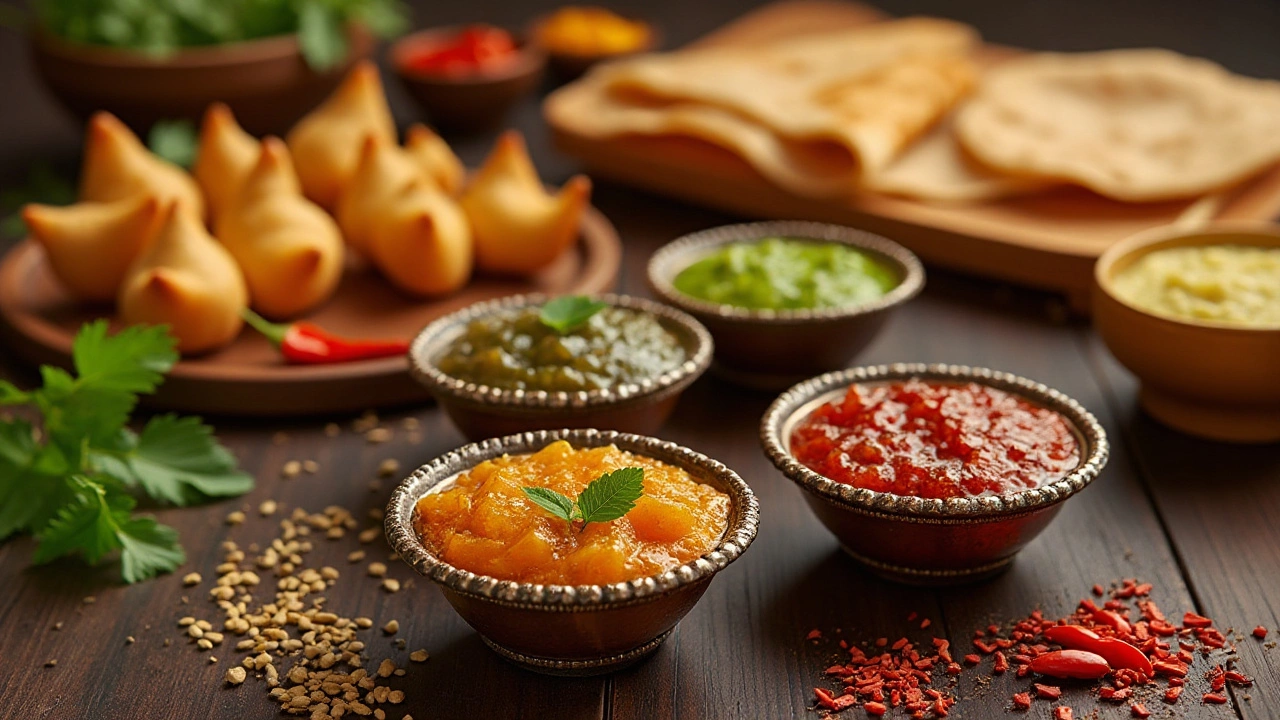Chutney Recipes – Indian Condiment Guide
When working with Chutney Recipes, a collection of Indian side sauces made from herbs, spices, fruits, or vegetables. Also known as Indian chutneys, it brings bright flavors, balance, and texture to meals. You’ll also run into chutney, the thick, often cooked condiment that can be sweet, spicy, or tangy and its close cousin relish, a chunkier, fresher accompaniment usually served raw. Understanding shelf life, how long homemade chutney stays safe and tasty is key to keeping your fridge tidy, and the temperature, whether you serve it hot or cold, dramatically shifts flavor and texture. In short, chutney recipes encompass variety, require proper storage, and are influenced by serving temperature – three pillars that will guide every bite you take.
Why Knowing the Differences Matters
Most home cooks start with the assumption that chutney and relish are interchangeable, but the truth is more nuanced. A cooked chutney often uses sugar, vinegar, or tamarind to create a jam‑like consistency, while a relish relies on fresh ingredients and minimal cooking, giving it a crunchier bite. This distinction matters for flavor layering: chutney can mellow sharp spices, whereas relish adds a fresh burst that cuts richness. Knowing when to choose one over the other lets you balance dishes like biryani, dosa, or grilled kebabs without overloading the palate.
Storage is the next big piece of the puzzle. Homemade chutney can last anywhere from a week in the fridge to several months if you follow proper canning methods. The shelf life hinges on acidity, sugar content, and whether you seal it airtight. A high‑acid chutney (think tamarind or lemon) stays safe longer, while low‑acid versions need extra sugar or refrigeration. Spotting spoilage is simple: off‑smells, mold growth, or a change in color mean it’s time to toss. By mastering shelf‑life rules you avoid waste and keep flavors at their peak.
Finally, temperature isn’t just a serving gimmick – it’s a flavor catalyst. Warm chutney releases aromatic oils, making spice notes more pronounced, while chilled chutney highlights tanginess and crispness. Some regional specialties, like South Indian tomato chutney, are traditionally served hot, whereas coconut‑based chutneys are often enjoyed cold. Playing with temperature lets you tailor the condiment to the main dish, whether you want a cooling counterpoint for a fiery curry or a comforting warm dip for a rainy night. With these insights, you’re ready to explore the diverse world of Indian condiments.
Below you’ll find a hand‑picked selection of articles that dig deeper into each of these topics – from storage hacks and temperature tricks to side‑by‑side comparisons with relishes. Dive in and start mastering chutney recipes that transform every meal.

Is Pickle a Chutney? Clearing Up the Confusion
People often mix up pickles and chutneys, but they're not the same thing. This article breaks down what sets them apart and explores where the confusion comes from. You'll get clear tips on how to tell the difference at home, plus quick facts that might surprise you. Perfect if you love Indian food or are just curious about condiments. Get ready for some useful kitchen insights.

Traditional Chutney: What Is It Really Made Of?
Ever wondered what's actually in traditional chutney? This article breaks down the real ingredients behind classic chutneys, sharing interesting tips and facts that might surprise you. Learn about the combinations that make every batch unique across homes in India. We'll talk fresh herbs, spices, tangy fruits, and even the odd family secret. Get set to level up your chutney game with practical knowledge and pro tips.

How Do You Eat British Chutney?
British chutney, with its sweet and tangy flavors, is a versatile accompaniment that can transform everyday meals into something exciting. From adding a zing to a simple cheese sandwich to complementing a roasted chicken, knowing how to use chutney can elevate your culinary game. This article dives into practical ways to incorporate chutney into your meals, interesting factoids about this beloved condiment, and helpful tips for new chutney enthusiasts. By understanding how to best pair and use chutney, mealtime becomes more flavorful and enjoyable.

Delicious Pairings: What Foods Pair Well with Chutney?
Chutney, a versatile condiment originating from India, bursts with flavors that can elevate any meal. From savory snacks to hearty dishes, this article explores the best food pairings for chutney. Discover tips and creative ways to use chutney with various foods, while learning about its diverse taste profiles. Whether you prefer a sweet, spicy, or tangy twist, there's a perfect chutney for every culinary creation.